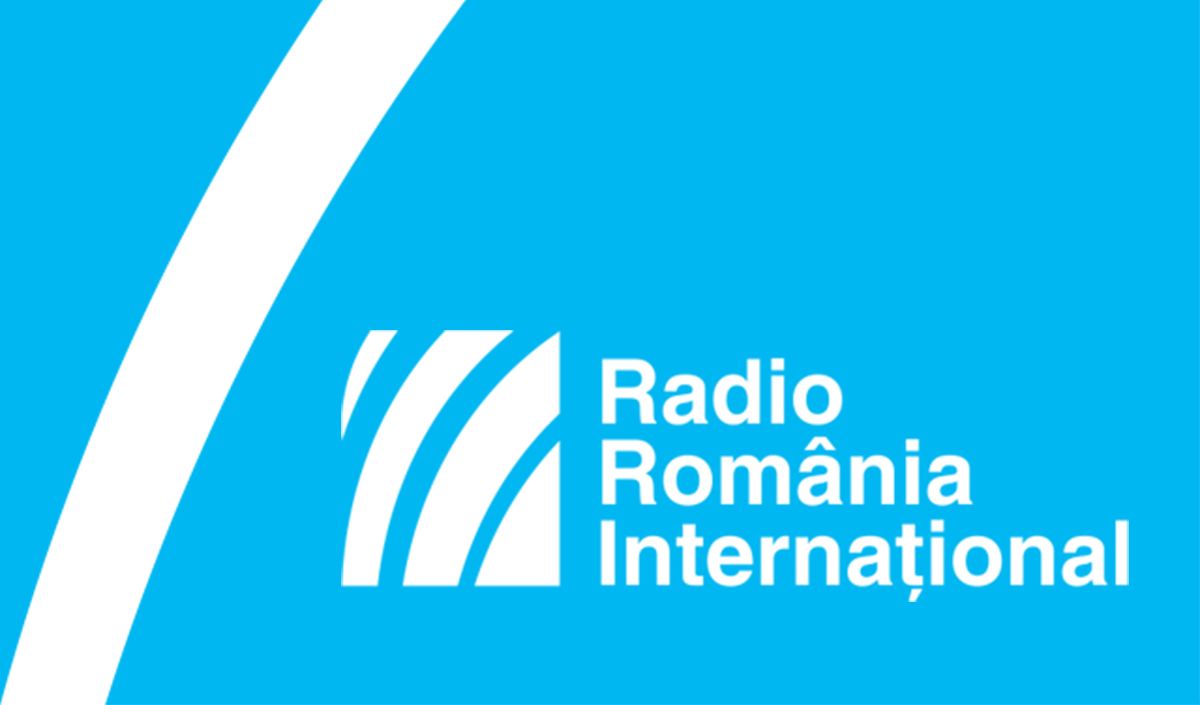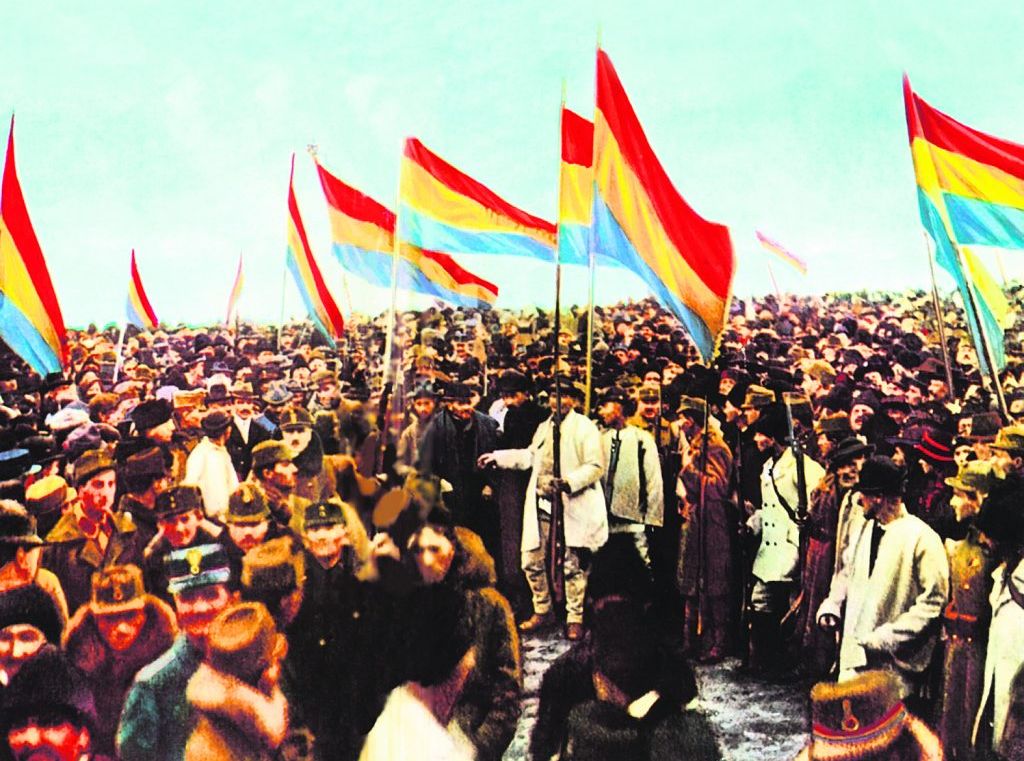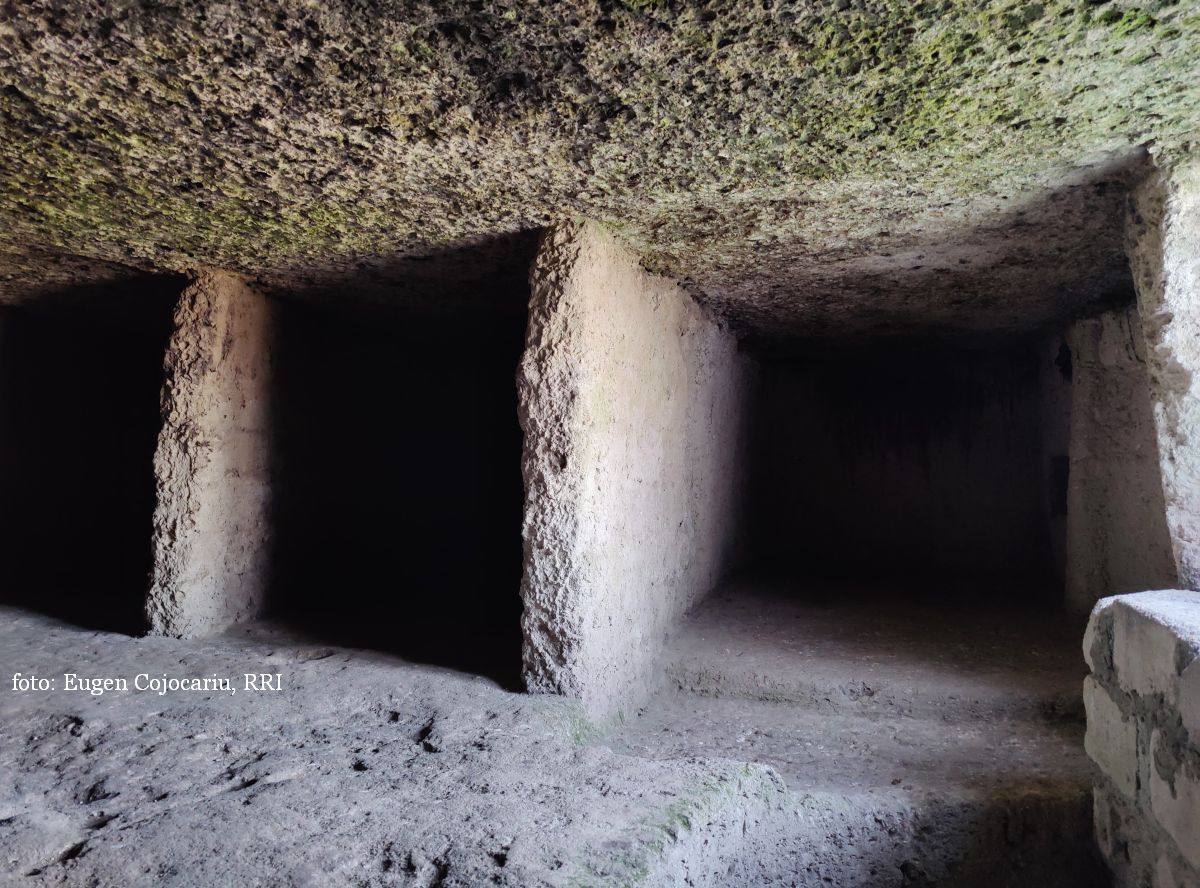Marta Trancu-Rainer, Romania’s first female surgeon
Local historians begin to highlight contribution of women to the Great Union of December 1st 1918 and inter-war period.

Christine Leșcu, 02.02.2019, 14:49
Out of the leading figures that made the difference at the beginning of
the 20th century in Romania, men – especially politicians and servicemen
– held pride of place. In recent years, however, researchers have started
focusing on the activity of women with a remarkable contribution related to the
Great Union of December 1st 1918 and the period between the two
wars. One such personality was Queen Marie, the wife of King Ferdinand, who was
Romania’s sovereign at the time of the Great Union of 1918. Here is Monica
Negru, from Romania’s National Archives with more on the personality of Queen
Marie.
In recent years there has been an increasing interest in the Royal
House of Romania and in the country’s former queens. Researchers have started
focusing on the activity and involvement of Queen Marie in the field hospitals
during World War I, where she gave encouragement and assistance to the wounded
soldiers. They have also highlighted her concern for national ideals. However,
the fact that Queen Marie’s activity started being brought to light by
historians and researchers doesn’t make up for the disregard of the activities
of other women who also proved an extraordinary spirit of sacrifice.
Marta Trancu-Rainer was one of Queen Marie’s closest collaborators in her
medical and charity activity. Married to anthropologist and scholar Francisc
Rainer, Marta was Romania’s first female surgeon, a domain, which just like law
and sciences, was strictly reserved to men at the end of the 19th century
and the beginning of the 20th century.
Here is art historian Oana Marinache with a brief biography of Marta Trancu-Rainer:
She lived between 1875 and 1950 and was of Armenian descent. She was
born in Targu Frumos and graduated from the Medical School in Iasi, where she
enrolled in 1893. She later got transferred to Bucharest to study pathological
anatomy, her dream also being to meet the famous bacteriologist Victor Babes.
In Bucharest she met Francisc Rainer, the head of the pathological anatomy
section of the Coltea Hospital whom she married in 1903. Marta later specialised
in surgery and gynaecology. Her name is mentioned in the Memoirs of Queen Marie
and of other royal female personalities as she would take care of the
princesses and queens’ health. During World War I Marta Trancu-Rainer was a
military doctor receiving even the rank of major and managed three military
hospitals. At Queen Marie’s request, she put in place a temporary field
hospital in the Royal Palace and another such hospital on the premises of the
School of Bridges and Highways in Bucharest.
In the book entitled Diary Pages,
physician Trancu-Rainer talks about the mistrust and lack of consideration that
she faced in hospitals when she started her career. The mistrust vanished as
soon as she started proving herself during the war time and again. This is how
she described the day of October 6, 1916, spent in Bucharest, which was already
marked by the war that had been ongoing since that summer:
I kept doing surgery at the Coltea Hospital. I took a break at 16:20 to
go to the Royal Palace hospital to see a patient who had his iliac bone
removed. There was nothing to worry about. When I got back to the Coltea
Hospital, surprise: there were lots of wound dressings lying around. I went to the
Eforie hospital, then to the Royal Palace, where I removed a bullet from a
patient’s neck. I amputated a toe, then I performed an ankle arthrotomy. At 2
p.m. I went home. Then I went again to the Palace, dressing wounds, operating.
I took a shell fragment out of someone’s leg; finally evening came.
Eventually, however, Marta Trancu-Rainer’s efforts and merits came to be
recognised. In 1919, she was awarded the Queen Marie Order decoration, and in
1935 she became a member of the Academy of Medicine and the Biological Society.






























